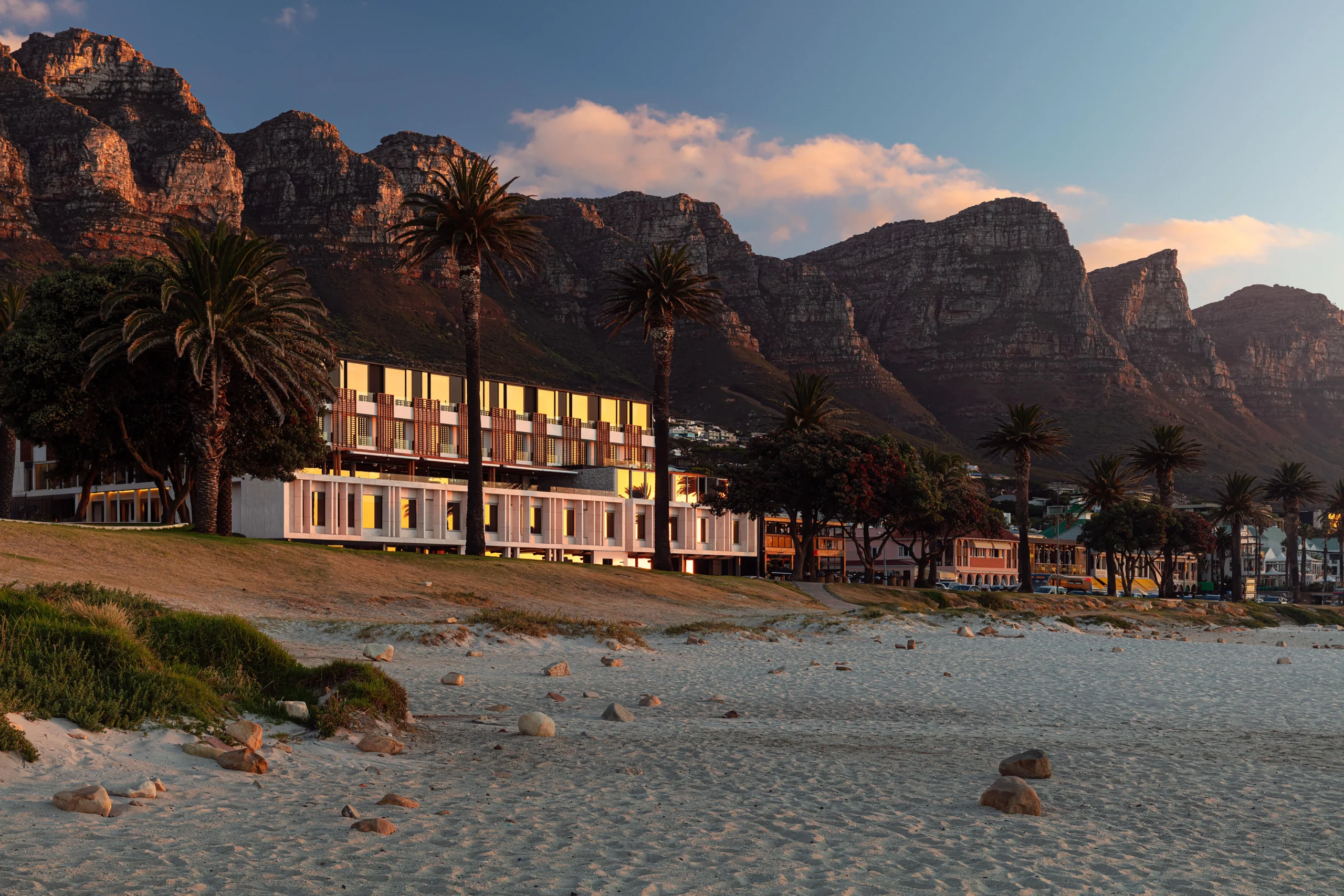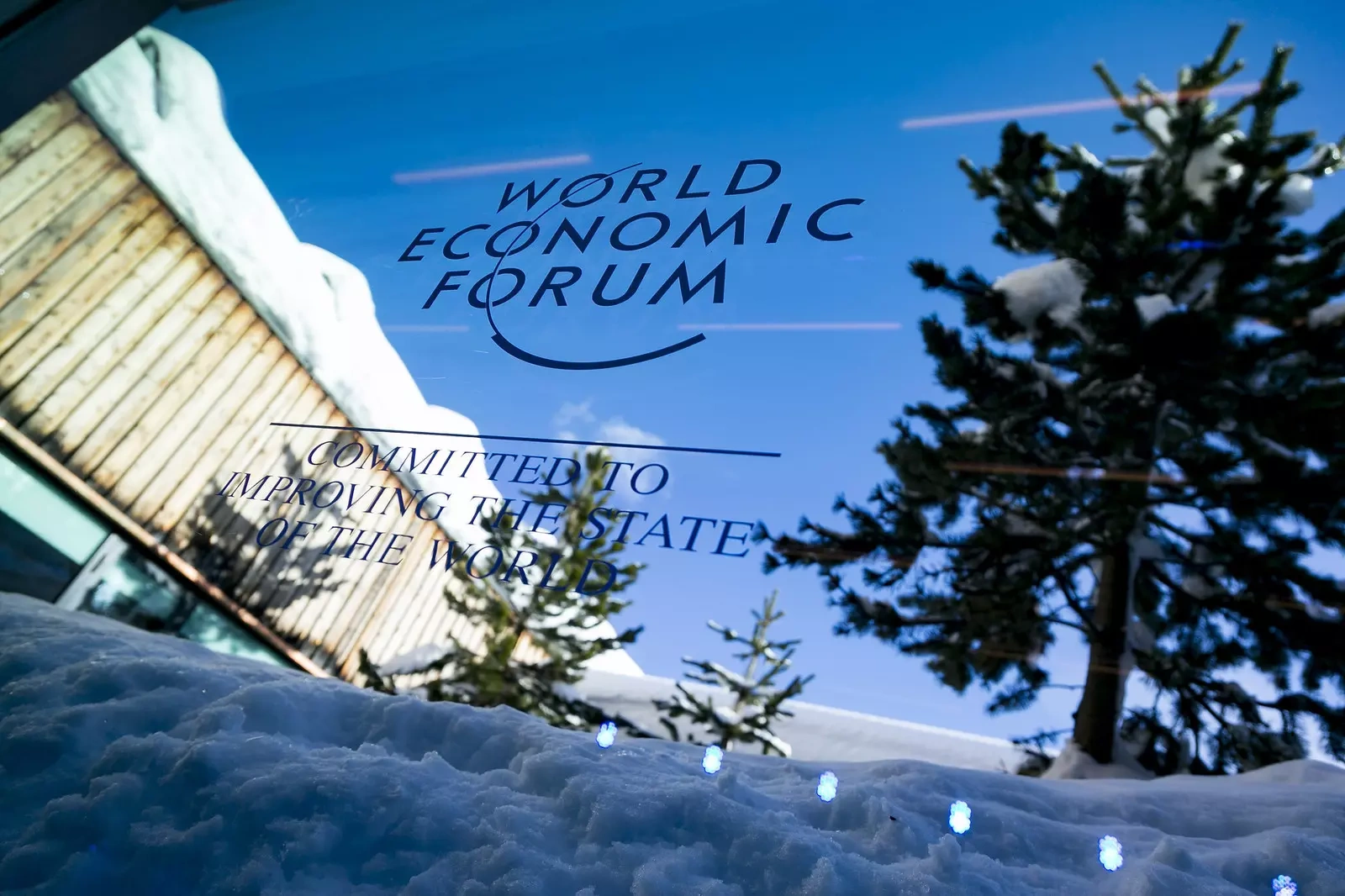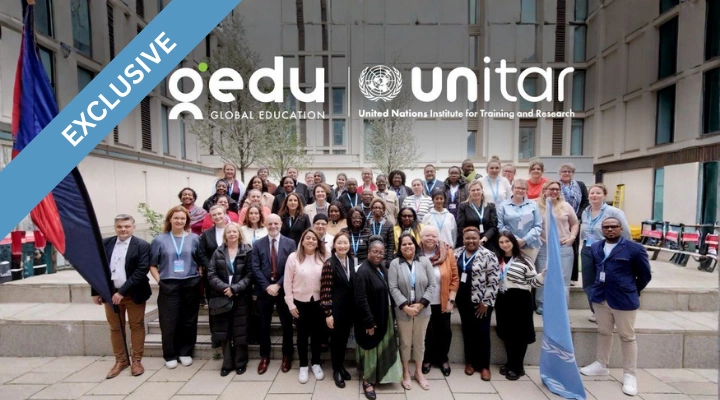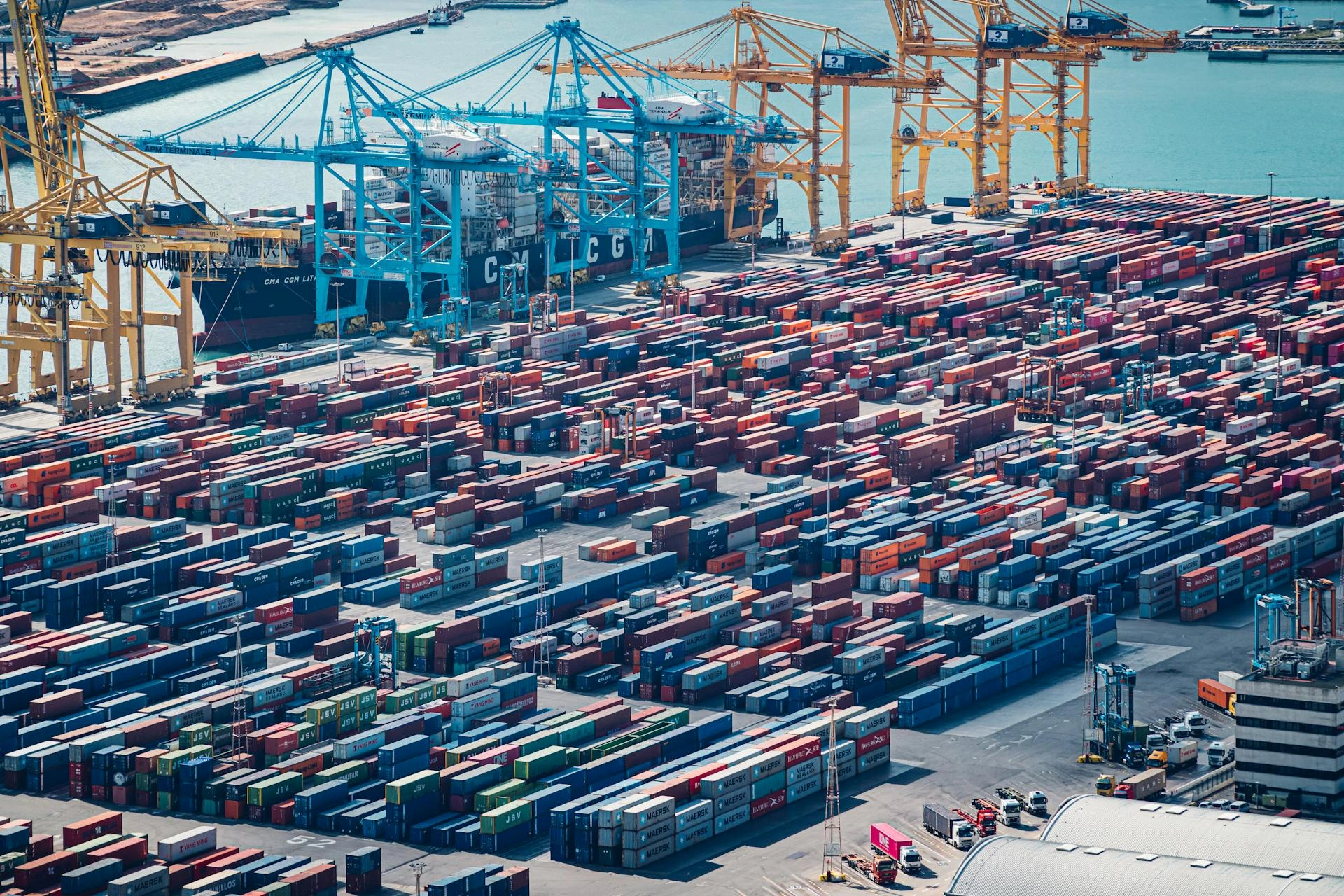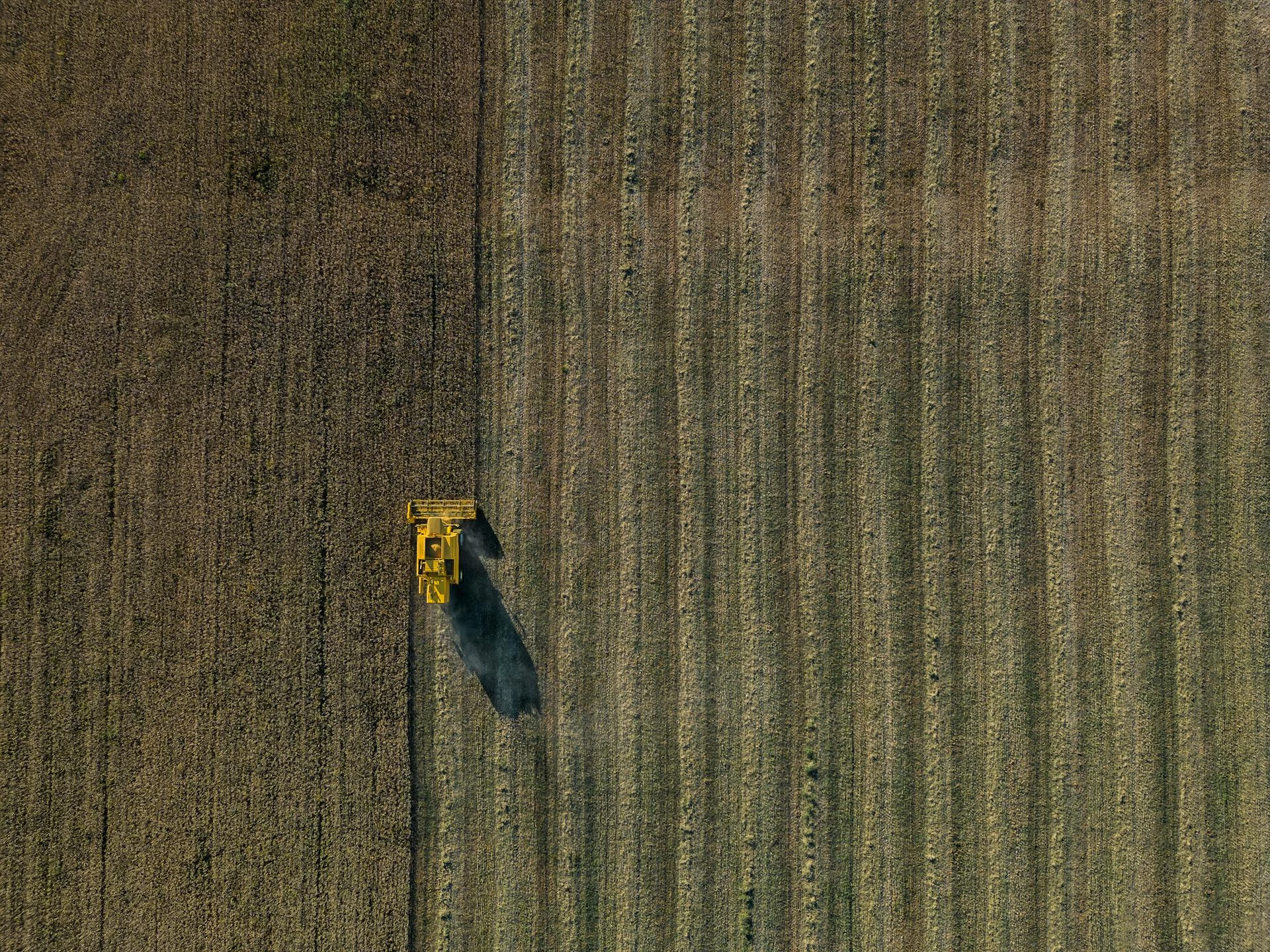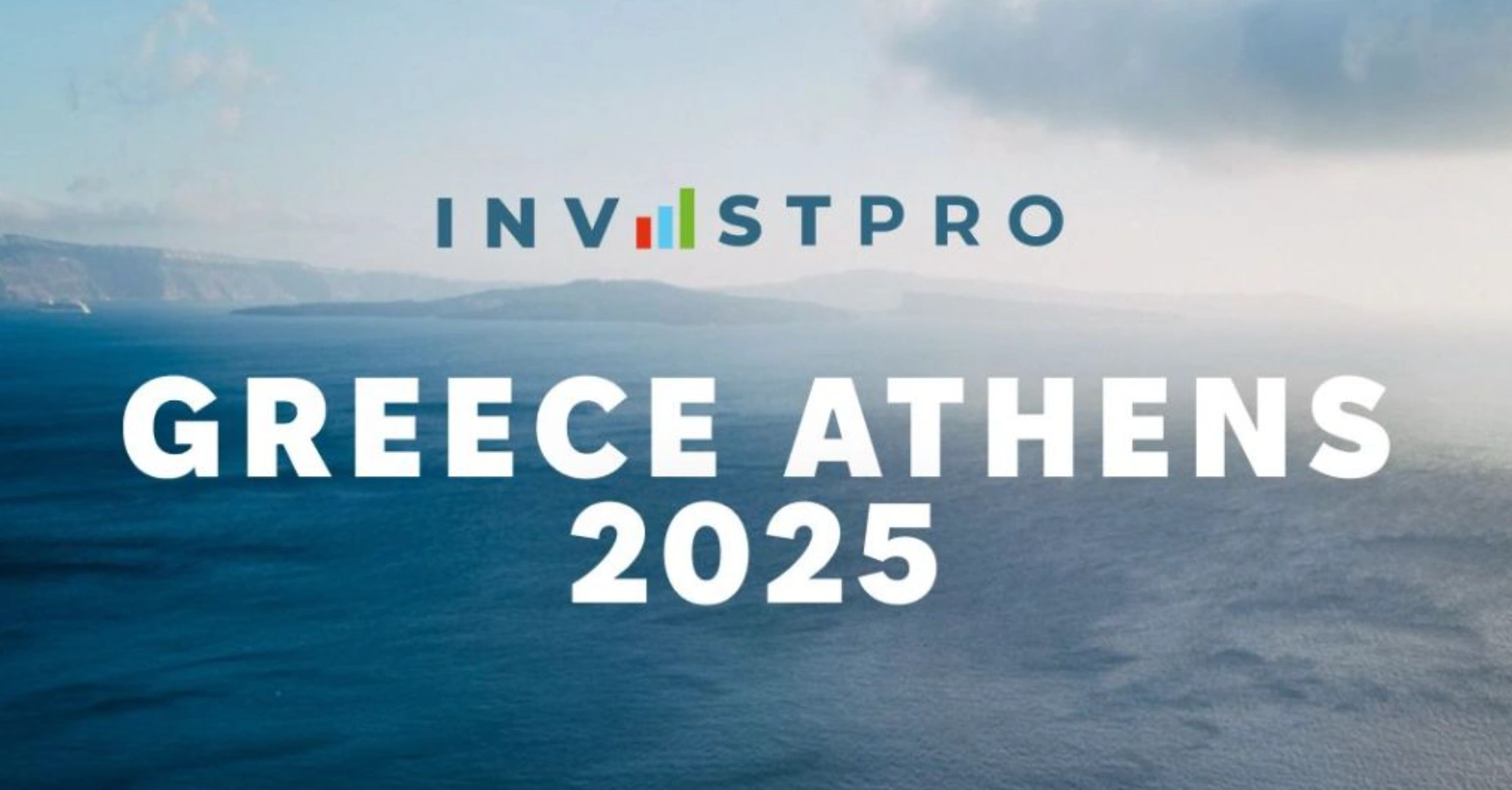Melting Ice, Rising Stakes: The Battle for Control of the Northwest Passage

Dr Linda Parker
- Published
- Home, Opinion & Analysis, Science
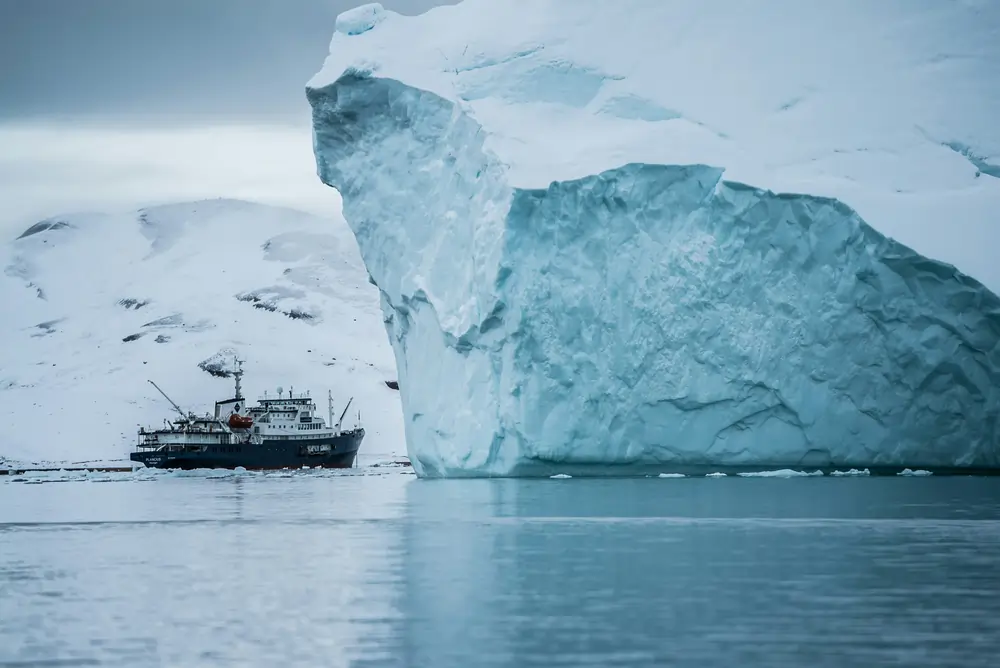
With Arctic ice melting, the race for territorial claims on and shipping routes through the Northwest Passage is heating up, writes polar historian Dr Linda Parker
The Northwest Passage – a sometimes-navigable sea route through the islands of northern Canada connecting the Atlantic and Pacific oceans – is known as the ‘Holy Grail’ of the Arctic for a reason. It is a treasure that explorers, conglomerates, and politicians have sought after and quarrelled over for centuries.
Given the rich source of income it provides, this should come as no surprise. If the Northwest Passage was to become a viable, year-round short-cut, it would cut the length of a sea journey between parts of Europe and Asia by a staggering 7,000km, or 14 days. For shipping companies, this represents a substantial financial saving. And it would mean the vast mineral deposits of the north Canada and Canadian archipelago, together with more than 300 trillion cubic feet of as-yet untapped natural gas, could be extracted and transported to eager worldwide markets. Logistics companies, meanwhile, would cash in at every step of its sale.
At the time of writing, the Northwest Passage is not yet the gold-lined cut-through it might one day become. Thick sea ice, thawing through climate change, has and continues to drift towards the Canadian Archipelago, creating a choke point impeding transit. In 2023, just 18 yachts, 11 passenger cruise ships, and seven commercial vessels made their way through.
But it won’t stay like this forever. By 2040, experts believe much of the ice will have melted and that the Passage’s true potential as a year-round sea route can be exploited. Shipping freighters, fishing vessels, and cruise ships stand to gain billions of dollars. Tourism operators and logistics providers will also reap huge rewards.
The environment and native peoples may not be quite so lucky. When the Passage fully opens, so too will the risk to polar species walruses, narwhals and whales due to collisions and noise pollution. Other likely hazards include pollution, habitat degradation and the introduction of invasive species. Marine mammal experts argue that ships and Arctic animals cannot easily co-exist, and I am strongly inclined to agree.
The indigenous people of the Arctic will also be threatened by the physical and cultural effects of its use as a major sea route. Oil pollution and damage to fishing grounds are probable. The indigenous people, who number 10% of the population, will be most affected as they depend on the environment for their sustenance and livelihoods. Communities could also be disrupted by maritime infrastructure such as the planned development of a deep-water port in Churchill on the Hudson Bay. There is also a fear that exposure of isolated indigenous communities to outside sources may result in loss of traditional language and cultural heritage.
Elsewhere, a year-round sea route will raise serious questions and numerous diplomatic and geopolitical challenges. Canada claims sovereignty over the Passage as part of its inland waterways, but the US thinks otherwise. In Washington’s view, the Passage lies in international waters – a view shared by the European Union. The Inuit Circumpolar Council (ICC), meanwhile, claims that the ice and water in the Northwest Passage is their territory. What is currently a spat is likely to intensify into a full-blown dispute given the monetary gains on offer. The problem has been exasperated by the Russia-Ukraine conflict which has temporarily disrupted the work of the Arctic Council, the body that promotes research and encourages cooperation among Arctic countries.
For at least three centuries, the Passage has been the subject of intense interest. Finding a navigable route through it began in the 16th century and continued in earnest until the 1900s. Explorers including Martin Frobisher, John Davis, Henry Hudson and William Baffin, John Ross, William Parry and James Clark Ross all vied for the prize. It was in fact only navigated in full by Roald Amundsen in the early 1900s. Finding a route through it has claimed the lives of hundreds of sailors, including that of the British naval officer, Captain Sir John Franklin.
In 2040, when the Passage looks likely to open up, it will mark two centuries since Franklin’s ill-fated voyage—a stark reminder of the sacrifices made in the pursuit of discovery and the profound changes brought about by a warming Arctic. As the ice recedes, a route once considered perilous may become a new gateway, transforming global trade routes. But as we near access to this historic route, we must ask: is this a victory for progress, or a warning of the irreversible changes to our planet?

Dr. Linda Parker is widely considered to be one of Britain’s leading polar and military historians. She is the author of six acclaimed books, an in-demand public speaker, the co-founder of the British Modern Military History Society, and the editor of Front Line Naval Chaplains’ magazine, Pennant, which examines naval chaplaincy’s historical and contemporary role.
Main image: Courtesy Hubert Neufeld/Unspash
Sign up to The European Newsletter
RECENT ARTICLES
-
 UK and South Korea finalise upgraded free trade agreement
UK and South Korea finalise upgraded free trade agreement -
 Trump lawsuit against BBC raises questions over legal pressure on European public broadcasters
Trump lawsuit against BBC raises questions over legal pressure on European public broadcasters -
 UK government sets up Women in Tech taskforce amid gender imbalance concerns
UK government sets up Women in Tech taskforce amid gender imbalance concerns -
 Mycelium breakthrough shows there’s mush-room to grow in greener manufacturing
Mycelium breakthrough shows there’s mush-room to grow in greener manufacturing -
 Marriott strengthens South African portfolio with new Autograph Collection hotel in Cape Town
Marriott strengthens South African portfolio with new Autograph Collection hotel in Cape Town -
 Oxford to host new annual youth climate summit on UN World Environment Day
Oxford to host new annual youth climate summit on UN World Environment Day -
 Countdown to Davos 2026 as Switzerland gears up for the most heated talks in years
Countdown to Davos 2026 as Switzerland gears up for the most heated talks in years -
 Paribu buys CoinMENA in USD 240m deal as regional crypto markets consolidate
Paribu buys CoinMENA in USD 240m deal as regional crypto markets consolidate -
 AI innovation linked to a shrinking share of income for European workers
AI innovation linked to a shrinking share of income for European workers -
 African airspace overhaul set to shorten flight times for European travellers
African airspace overhaul set to shorten flight times for European travellers -
 Exclusive: Global United Nations delegates meet in London as GEDU sets out new cross-network sustainability plan
Exclusive: Global United Nations delegates meet in London as GEDU sets out new cross-network sustainability plan -
 Fast fashion brands ‘greenwash’ shoppers with guilt-easing claims, study warns
Fast fashion brands ‘greenwash’ shoppers with guilt-easing claims, study warns -
 Europe’s shrinking middle class is turning to the radical right, new study suggests
Europe’s shrinking middle class is turning to the radical right, new study suggests -
 Private sector set to overtake government as main driver of corporate sustainability in 2026, report suggests
Private sector set to overtake government as main driver of corporate sustainability in 2026, report suggests -
 Europe emphasises AI governance as North America moves faster towards autonomy, Digitate research shows
Europe emphasises AI governance as North America moves faster towards autonomy, Digitate research shows -
 JPMorgan plans multibillion-pound tower in Canary Wharf
JPMorgan plans multibillion-pound tower in Canary Wharf -
 Strong workplace relationships linked to higher initiative among staff, study finds
Strong workplace relationships linked to higher initiative among staff, study finds -
 Brexit still hitting poorest hardest as food costs rise and mental health worsens
Brexit still hitting poorest hardest as food costs rise and mental health worsens -
 Global crises reshape household food habits, major review finds
Global crises reshape household food habits, major review finds -
 Sir Trevor McDonald honoured at UWI London Benefit Dinner celebrating Caribbean achievement
Sir Trevor McDonald honoured at UWI London Benefit Dinner celebrating Caribbean achievement -
 Adelphi Masterfil acquires Karmelle to bolster UK machinery manufacturing
Adelphi Masterfil acquires Karmelle to bolster UK machinery manufacturing -
 Cost-of-living pressures push London staff to seek practical perks
Cost-of-living pressures push London staff to seek practical perks -
 AI and scent-science firm Arctech expands into agriculture with Rothamsted base
AI and scent-science firm Arctech expands into agriculture with Rothamsted base -
 Malta PM says future growth hinges on stronger higher-education system
Malta PM says future growth hinges on stronger higher-education system -
 Golden visa surge sets the stage for InvestPro Greece 2025
Golden visa surge sets the stage for InvestPro Greece 2025





